The Psychology of Colors in Art
Color is a powerful element in art. Artists utilize color to convey emotions, create visual impact, and tell a story. The psychology of color plays a significant role in understanding how different hues can evoke specific feelings and reactions. In this blog post, we'll delve into the fascinating realm of the psychology of colors in art and how it influences both the artist and the viewer.
Colors and Emotion
Colors have an intrinsic connection to emotions. Understanding this connection can help artists convey their intended mood and message. Here are some color-emotion associations to consider:
Red: Often associated with passion and energy, red can evoke strong emotions and create a sense of urgency or excitement.
Blue: A calming color, blue can promote feelings of serenity and stability. It's often used to create a sense of peace and trust.
Yellow: Yellow is a vibrant and joyful color, often linked to happiness and optimism. It can convey a sense of positivity and warmth.
Subheading 2: Color and Cultural Significance
The psychology of color varies across cultures. What one color represents in one culture may hold a different meaning in another. Artists should consider these cultural nuances:
White: In Western cultures, white often symbolizes purity and simplicity, while in some Asian cultures, it represents mourning and death.
Purple: In some cultures, purple is associated with royalty and luxury, while in others, it symbolizes creativity and spirituality.
Black: Black can symbolize mourning and sadness in many cultures, but in others, it signifies elegance and formality.
Color in Composition
The arrangement of colors in a painting is essential. Artists use color composition to guide the viewer's eye, create balance, and establish focal points. Here's how color composition works:
Contrast: Contrasting colors, like complementary colors (e.g., red and green), create visual impact and can draw attention to specific elements in a painting.
Harmony: Colors that are harmonious and similar in hue, such as analogous colors (e.g., blue and green), can create a sense of unity and calm.
Focal Points: Artists often use bright, bold colors to create focal points in a composition, directing the viewer's gaze and emphasizing certain elements.
https://paintwinestudio.com/calendar
:https://www.thoughtco.com/color-psychology-and-human-behavior-4151666
The Artist's Intuition
Artists often rely on their intuition and personal experiences when choosing colors. While color psychology provides a framework, artists also use colors to express their unique perspectives and emotions:
Personal Connection: Artists may have personal connections to specific colors, drawing on their experiences and memories to create emotionally charged artwork.
Mood and Inspiration: An artist's current mood and inspiration can significantly impact color choices. Feelings of joy, sadness, or nostalgia may influence the selection of colors.
Experimentation: Artists also experiment with colors to challenge traditional associations and provoke new emotional responses from viewers.
In conclusion, the psychology of colors in art is a vast and complex subject that adds depth and meaning to artistic creations. Understanding how colors evoke emotions and considering cultural variations can help artists convey their intended message effectively. Artists use color composition to guide the viewer's gaze and create visually stunning works of art. While color psychology provides a foundation, the artist's intuition and personal connection to colors play a vital role in the creative process, making each piece of art a unique and emotionally charged experience.
https://www.verywellmind.com/color-psychology
https://paintwinestudio.com/classes

